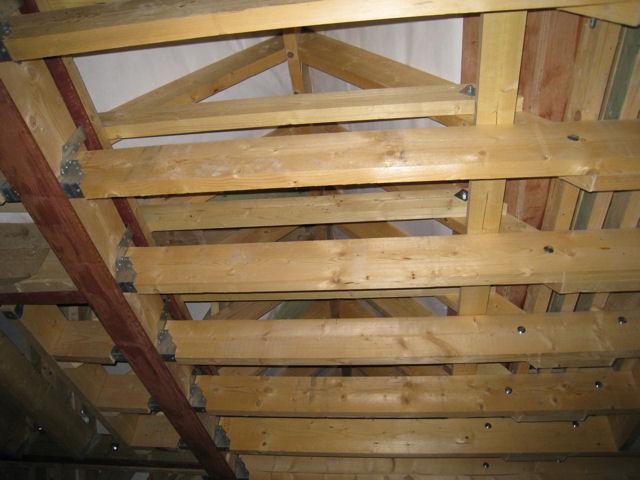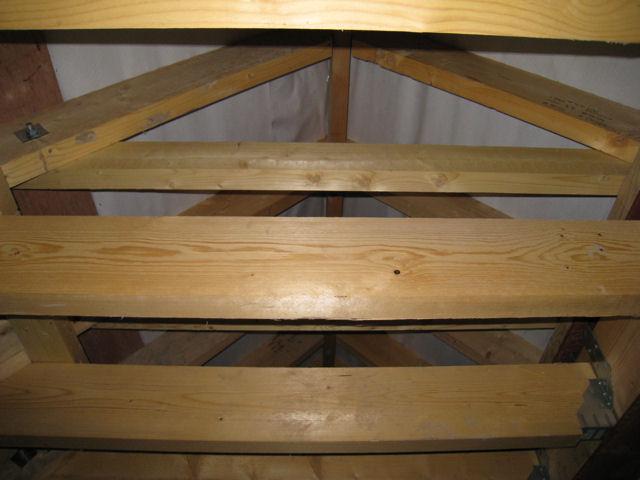I am extending my house and I have 8 sheets of 90mm Celotex board (which was orignally going to be laid on the floor slab) spare.
I have no floors or ceilings at the moment, just the open floor joists and exposed roof rafters (the roof is tiled and weatherproof) and I got to thinking that it might be a good use of it to slice it up and fill the gaps between the roof rafters at ceiling level as its starting to get a bit nippy.
I also have more 100mm and 170mm rockwool insulation than you can shake a stick at. So I was thinking fill the gaps between the roof rafters/trusses with Celotex, then Rockwool over the top in the roof void, and hold the whole lot up with the plasterboard - is there any reason not to use Celotex between the rafters? or any downsides?
Equally, could I use it within the the stud wall cavities? or the 1st floor voids? or is there a better product for the job?
I have no floors or ceilings at the moment, just the open floor joists and exposed roof rafters (the roof is tiled and weatherproof) and I got to thinking that it might be a good use of it to slice it up and fill the gaps between the roof rafters at ceiling level as its starting to get a bit nippy.
I also have more 100mm and 170mm rockwool insulation than you can shake a stick at. So I was thinking fill the gaps between the roof rafters/trusses with Celotex, then Rockwool over the top in the roof void, and hold the whole lot up with the plasterboard - is there any reason not to use Celotex between the rafters? or any downsides?
Equally, could I use it within the the stud wall cavities? or the 1st floor voids? or is there a better product for the job?




